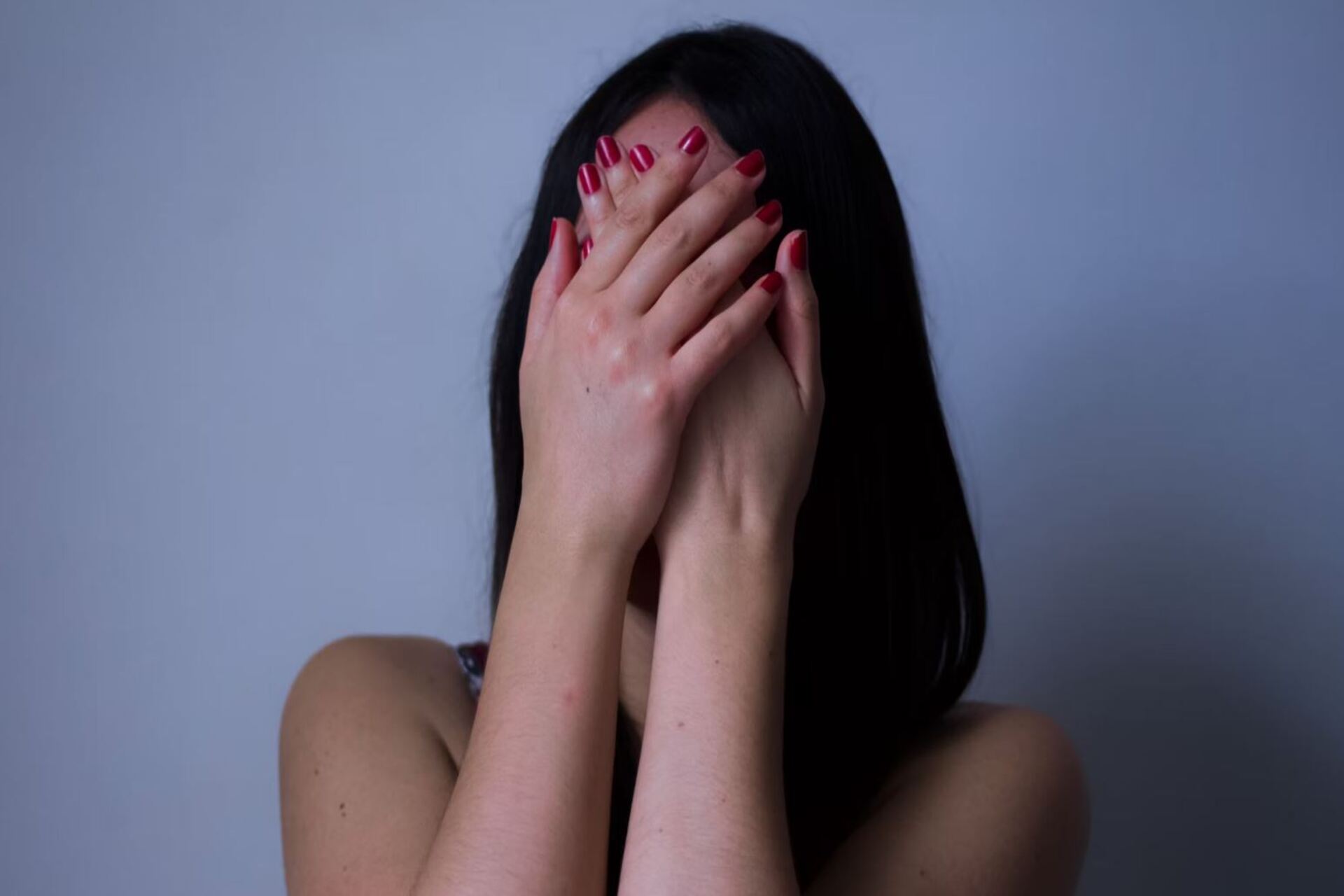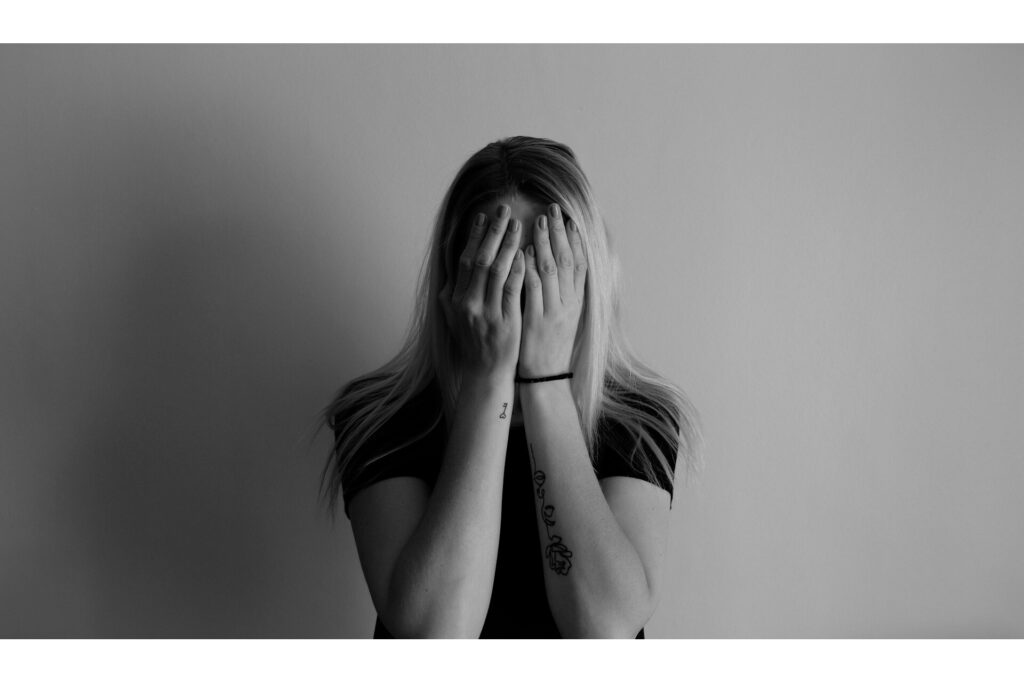
Body + Mind is reader-supported. We may earn an affiliate commission when you buy through some of the links on our site.
If your body suddenly feels unfamiliar — hello, breakouts, bloating and mood swings — you might be in the thick of second puberty. This unofficial but very real phase of hormonal shifts can hit in adulthood and leave you wondering what’s going on. Don’t panic, though. Here’s a breakdown of what second puberty is, why it happens and how to support your body through it.
Let’s get one thing straight — second puberty isn’t an official medical diagnosis, but it is a very real experience. It’s a term used to describe the hormonal shifts that happen in adulthood. These changes often happen in your late 20s to 40s and can affect everything from your mood and skin to your metabolism and sex drive. Think of it as puberty’s older, wiser and slightly more chaotic sibling.

For women, second puberty can be linked to major hormonal milestones like perimenopause, pregnancy, postpartum recovery or aging. For men, testosterone levels start to dip gradually around age 30, bringing subtle but noticeable changes. For transgender individuals undergoing hormone replacement therapy (HRT), second puberty is quite literal — your body is going through a full hormonal shift that can mimic the changes of adolescence.
Regardless of your gender, these shifts can be disorienting. Your body may feel different, your emotions may run high and what worked for you health-wise a few years ago might suddenly stop working. It’s frustrating, but it’s also totally normal. Second puberty is your body’s way of recalibrating. With the right tools, you can ride the wave instead of feeling like you’re drowning in it.
Second puberty doesn’t come with a calendar invite — it tends to sneak up on you. For many women, it starts in the late 20s to mid-30s and is often triggered by hormonal events like coming off birth control, pregnancy or the early stages of perimenopause — which can begin up to 10 years before menopause or in a woman’s early 40s and 50s. You may not even realize it’s hormonal at first, until you’re crying during toothpaste commercials and wondering why your jeans don’t fit the same.

For men, testosterone levels naturally begin to decline around 30, dropping a little each year. The result is slower metabolism, mood shifts and even changes in sex drive and muscle mass. It’s subtle, but real.
For trans people beginning HRT, second puberty is literal. Estrogen or testosterone can trigger everything from new body hair to emotional changes and fat redistribution, mimicking many classic puberty symptoms.
Second puberty is driven by fluctuating levels of key hormones — mainly estrogen, progesterone and testosterone. These aren’t just reproductive hormones. Instead, they regulate your sleep, metabolism, mood, skin health and even digestion. When they try sto hift, everything can feel off.
For women, estrogen and progesterone start to fluctuate in perimenopause, sometimes years before menopause officially begins. This can cause irregular periods, hot flashes, anxiety, brain fog and more. It’s not just “getting older,” it’s you’re body preparing for a whole new hormonal baseline.

Men, on the other hand, might experience a gradual testosterone decline — sometimes called andropause. It’s not as sudden or severe as menopause, but it can still lead to fatigue, decreased libido, trouble concentrating and even depression.

For transgender individuals, hormone therapy induces purposeful hormonal shifts. Taking testosterone or estrogen alters secondary sex characteristics and while empowering, it can also come with mood swings, acne, appetite changes and more as the body adjusts.
Across the board, stress, diet, poor sleep, and environmental toxins can throw hormones even further out of balance. So, if you’re feeling “off,” it’s not just in your head. Understanding that can help you respond with more compassion, strategy, and self-care.
Second puberty symptoms can feel like deja vu — but with adult responsibilities and way less patience. You might not experience all of them, but here are the most common signs your hormones are shifting:
You might chalk it up to stress, aging or diet — but if multiple symptoms show up at once and don’t resolve, your hormones are likely involved and unlike your teen years, this time you have more tools to manage it.
Second puberty isn’t something you “fix.” Instead, it’s something you navigate. But you can absolutely support your body through it with some strategic changes, like:
This is less about perfection and more about tuning into your body and giving it what it needs during this transition.
Second puberty can feel like your body’s turning on you — but really, it’s turning a corner. These changes may be uncomfortable, but they’re also a sign that your body is shifting into a new phase, one that deserves care, curiosity and compassion. With the right support, you can come out of this feeling stronger, wiser and more in tune with yourself than ever.
Your email address will only be used to send you our newsletter, and at any time you may unsubscribe. For more information, see our Privacy Policy.